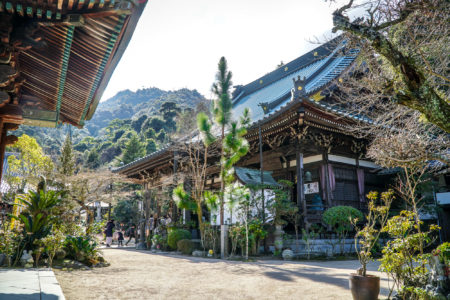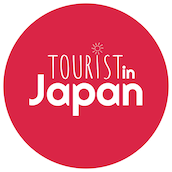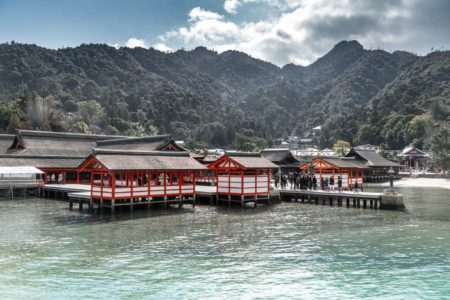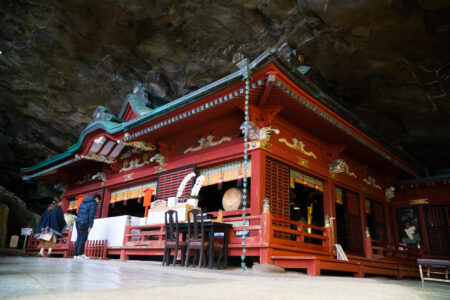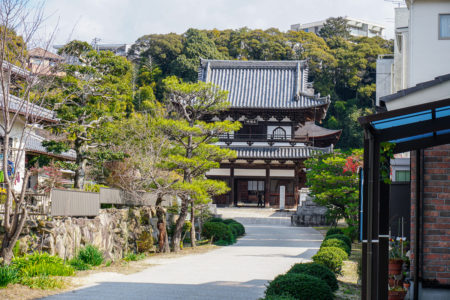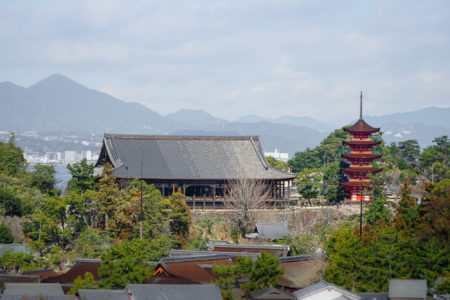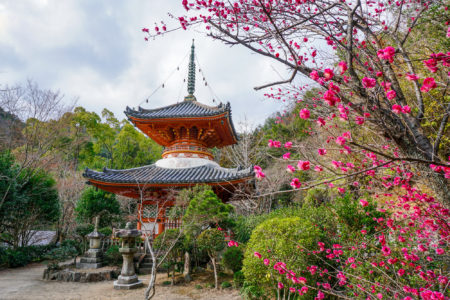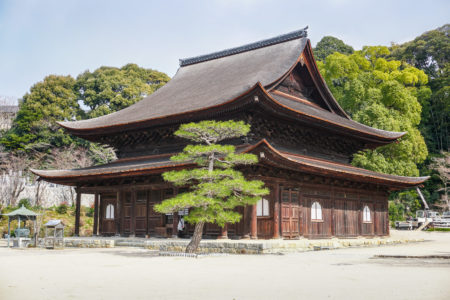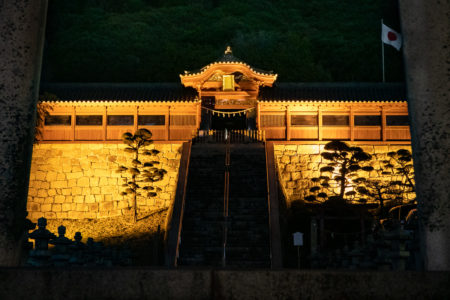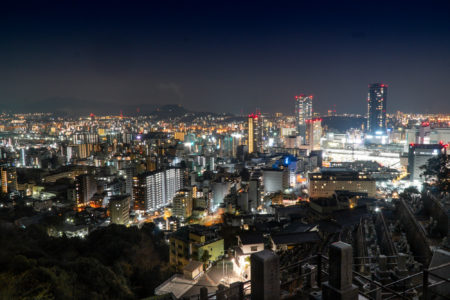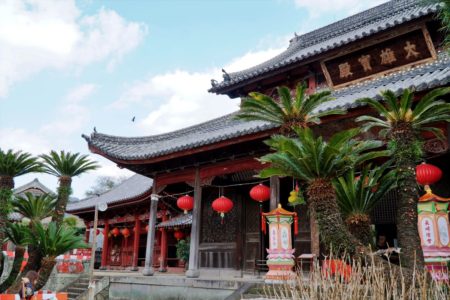Daisho-in (大聖院) temple on Miyajima, in Hiroshima Prefecture, is an important temple in the Shingon Buddhist sect. The temple was founded by Kukai in 806, and is known for it’s beautiful fall foliage and for keeping the same flame burning since the temple was established 1200 years ago (the flame is kept in a building …
